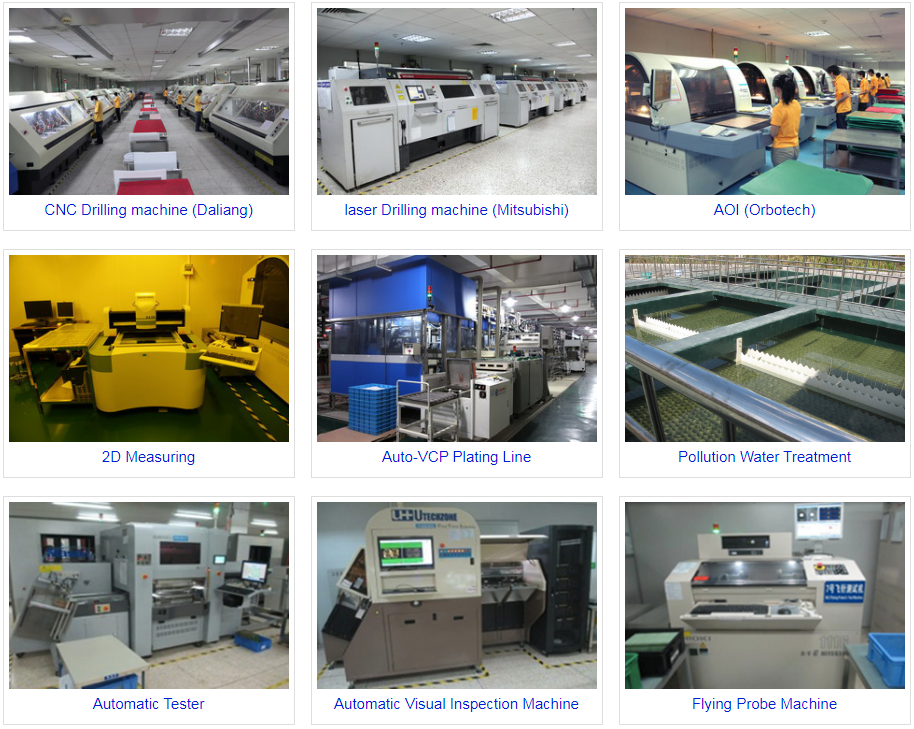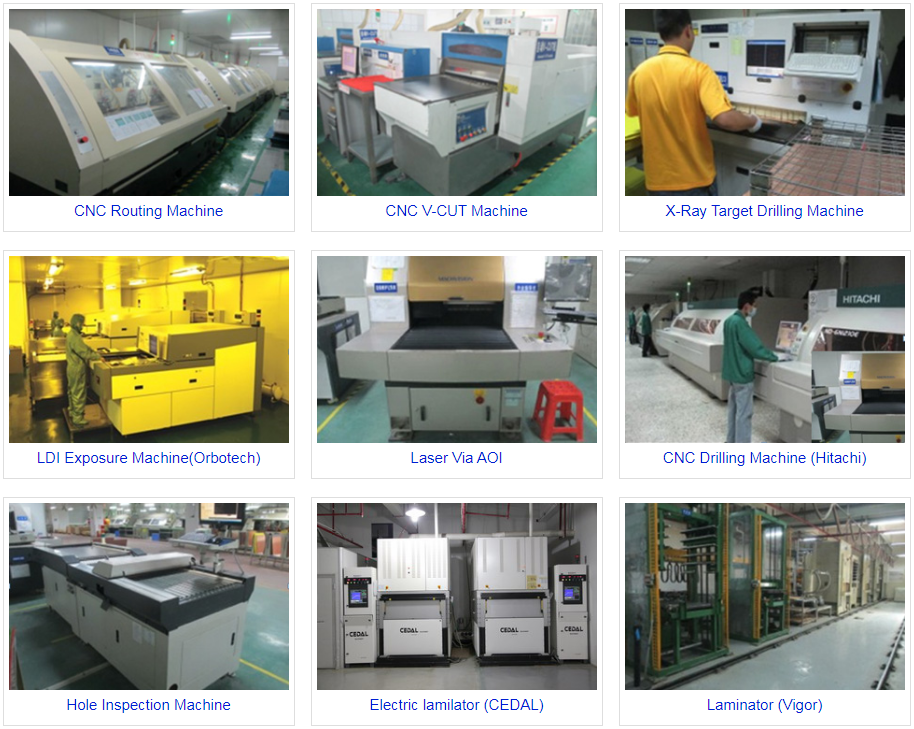What is a Double-Sided Flexible PCB?
A Double-Sided Flexible Printed Circuit Board (PCB) is a type of PCB that is designed to be flexible and can have circuitry on both sides of the board. Unlike traditional rigid PCBs, flexible PCBs are made of flexible materials like polyimide or polyester, allowing them to bend and conform to various shapes and applications. Here are some key points to understand about double-sided flexible PCBs:
- Flexibility: Double-sided flexible PCBs can be bent, twisted, or folded to fit into tight spaces or conform to irregular shapes. This flexibility makes them ideal for applications where space is limited or where the PCB needs to move or flex during operation.
- Two Sided Circuits: As the name suggests, double-sided flexible PCBs have circuitry on both sides of the board. This allows for more complex circuit designs and the integration of components on both sides of the PCB.
- Materials: Flexible PCBs are typically made from materials like polyimide (PI), polyester (PET), or other flexible substrates. These materials offer good thermal stability and electrical insulation properties.
- Advantages:
- Weight and space savings: Flexible PCBs are lightweight and take up less space compared to rigid PCBs.
- Reliability: They are less prone to mechanical stress and vibration-related failures.
- Improved signal integrity: The flexibility can help reduce signal interference and improve signal quality.
- Cost-effectiveness: They can reduce the need for connectors and cables, leading to cost savings.
- Applications:
- Consumer electronics: Smartphones, tablets, and wearables often use flexible PCBs to save space and improve durability.
- Automotive: Flexible PCBs are used in automotive applications for their resistance to vibration and ability to fit into tight spaces.
- Aerospace: They are used in aerospace applications where weight and space constraints are critical.
- Medical devices: Flexible PCBs are used in medical equipment due to their flexibility and reliability.
- Manufacturing: Manufacturing double-sided flexible PCBs can be more complex than rigid PCBs due to the flexible substrate. Processes such as laser cutting, drilling, and selective plating are often used in their production.
- Design Considerations: When designing double-sided flexible PCBs, engineers must consider factors like bend radius, component placement, and material selection to ensure the board performs reliably in its intended application.
- Testing: Testing flexible PCBs may require specialized equipment and methods to account for their flexibility. Electrical testing, bend testing, and reliability testing are commonly used.
- Cost: Double-sided flexible PCBs can be more expensive to manufacture than traditional rigid PCBs, primarily due to the specialized materials and manufacturing processes involved.
Double-sided flexible PCBs are a versatile option for applications that require flexibility, space savings, and reliability. Their ability to accommodate complex circuitry on both sides while remaining flexible makes them suitable for a wide range of industries and applications.
Steps to Choose a Double-Sided FPC Manufacturer
- Define Your Requirements: Before you start searching for a manufacturer, make sure you have a clear understanding of your project’s requirements. This includes specifications such as the board’s size, number of layers, materials, minimum hole size, circuit design, and more. Ensure that you have a clear understanding of the technical specifications and performance requirements of your project.
- Find Candidate Manufacturers:
- Online Search: Use search engines and industry directories to identify potential FPC manufacturers. Make sure to include relevant terms such as “double-sided FPC” or “multilayer FPC” in your search keywords.
- Seek Recommendations: Ask colleagues, suppliers, or industry associations for recommendations; they may suggest reliable manufacturers.
- Trade Shows and Industry Events: Attend electronics manufacturing-related trade shows and industry events to meet potential manufacturers in person and learn about their capabilities and products.
- Manufacturer Qualifications: Evaluate the qualifications and reputation of candidate manufacturers. Consider factors such as:
- Certifications and Quality Standards: Whether the manufacturer has the necessary certifications, such as ISO 9001, to demonstrate their quality management system.
- Experience and History: The manufacturer’s history and experience in the field, including successful cases and clients.
- Equipment and Technology: Understanding their production equipment and technological capabilities to ensure they can meet your requirements.
- Samples and Sample Orders: Before making a decision, request samples or small batch orders from manufacturers. This will help you assess their product quality, processes, and lead times.
- Cost Estimates: Communicate with multiple manufacturers to obtain price quotes and cost estimates. Ensure that you consider all factors when comparing, including material costs, process complexity, lead times, and services.
- Supply Chain Reliability: Assess the reliability of the manufacturer’s supply chain. Ensure they have a stable supply chain to obtain materials and components when needed.
- Technical Support and Customer Service: Understand the technical support and customer service provided by the manufacturer. Good support and communication are essential during the project execution.
- Quality Control: Inquire about the manufacturer’s quality control processes to ensure they can deliver high-quality FPCs. This includes inspection, testing, and validation steps.
- Contracts and Guarantees: Carefully review contract terms and guarantees, including delivery times, quality assurances, and rework policies.
- Factory Visits: If possible, visit the manufacturer’s factory in person. This will help you gain a better understanding of their production environment and processes.
- Reference Checks: Ask the manufacturer to provide customer references and then contact these customers to gather feedback and insights.
- Final Selection: Take all factors into consideration and select the double-sided FPC manufacturer that best suits your project requirements and budget.
When choosing a double-sided FPC manufacturer, invest sufficient time and effort into research and comparison to ensure that you select a reliable partner who can meet your project needs and deliver high-quality products.
Welcome to order Double Sided Flexible PCB directly from Shenzhen PCB Manufacturer at low cost.
Main Equipments


